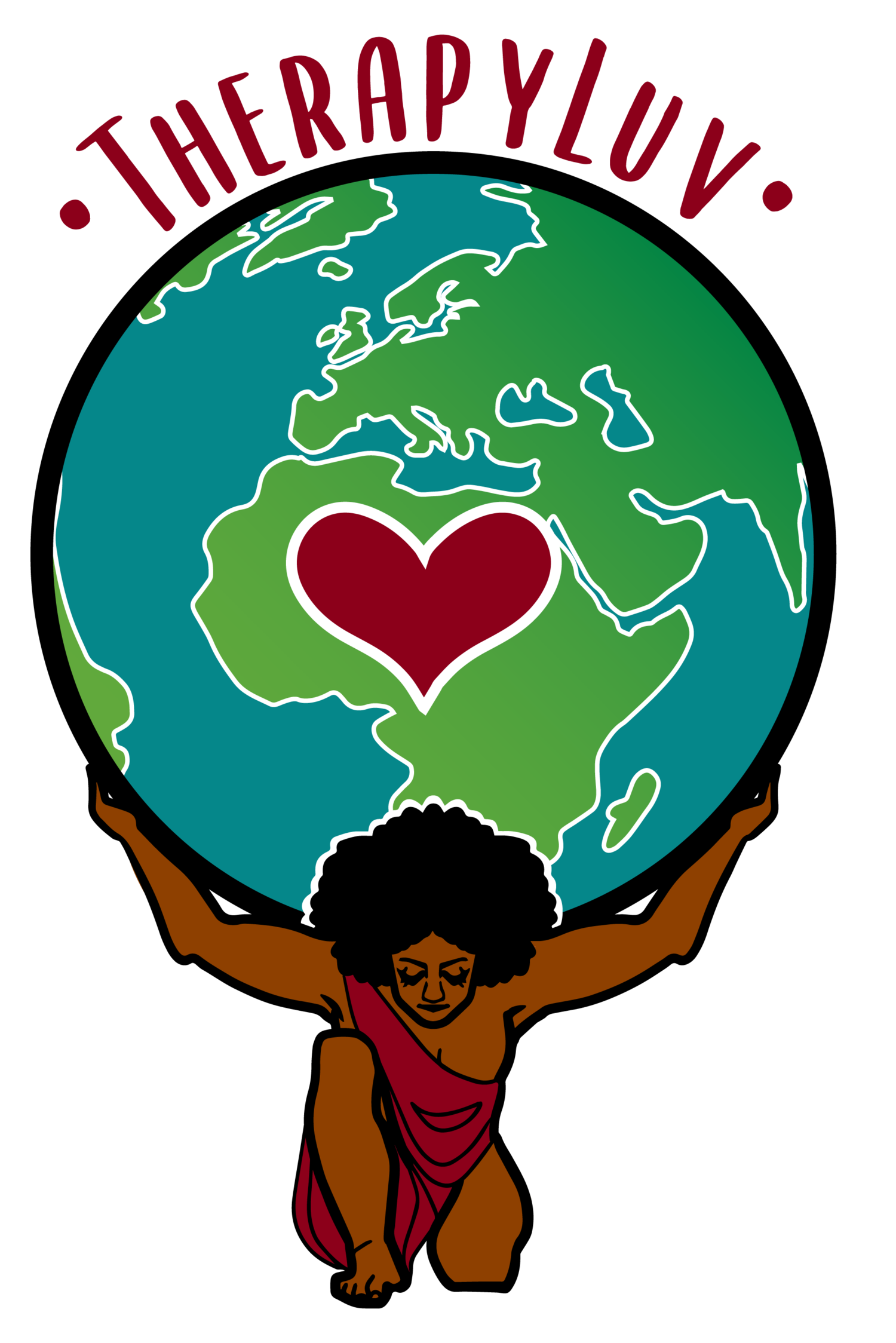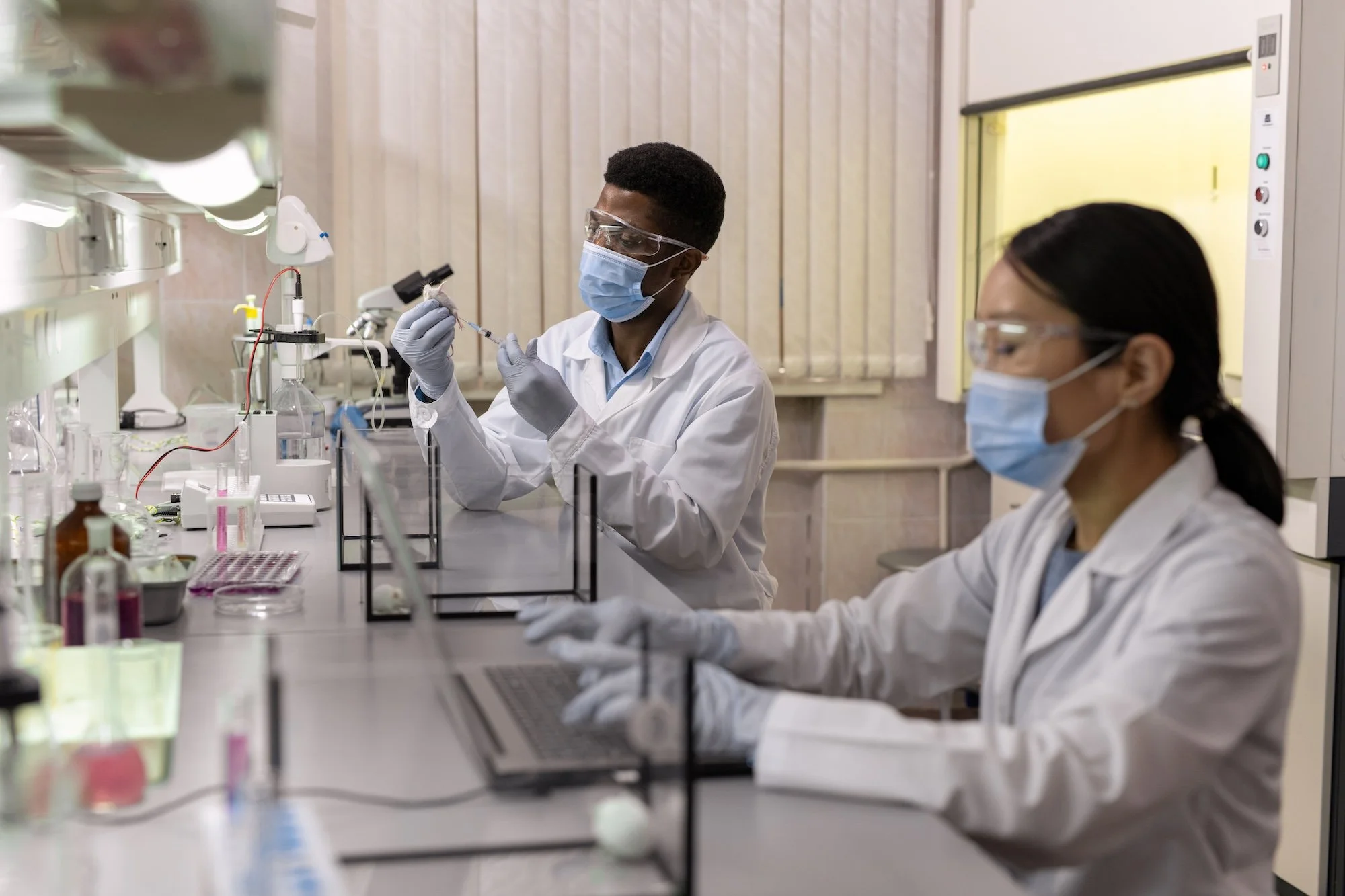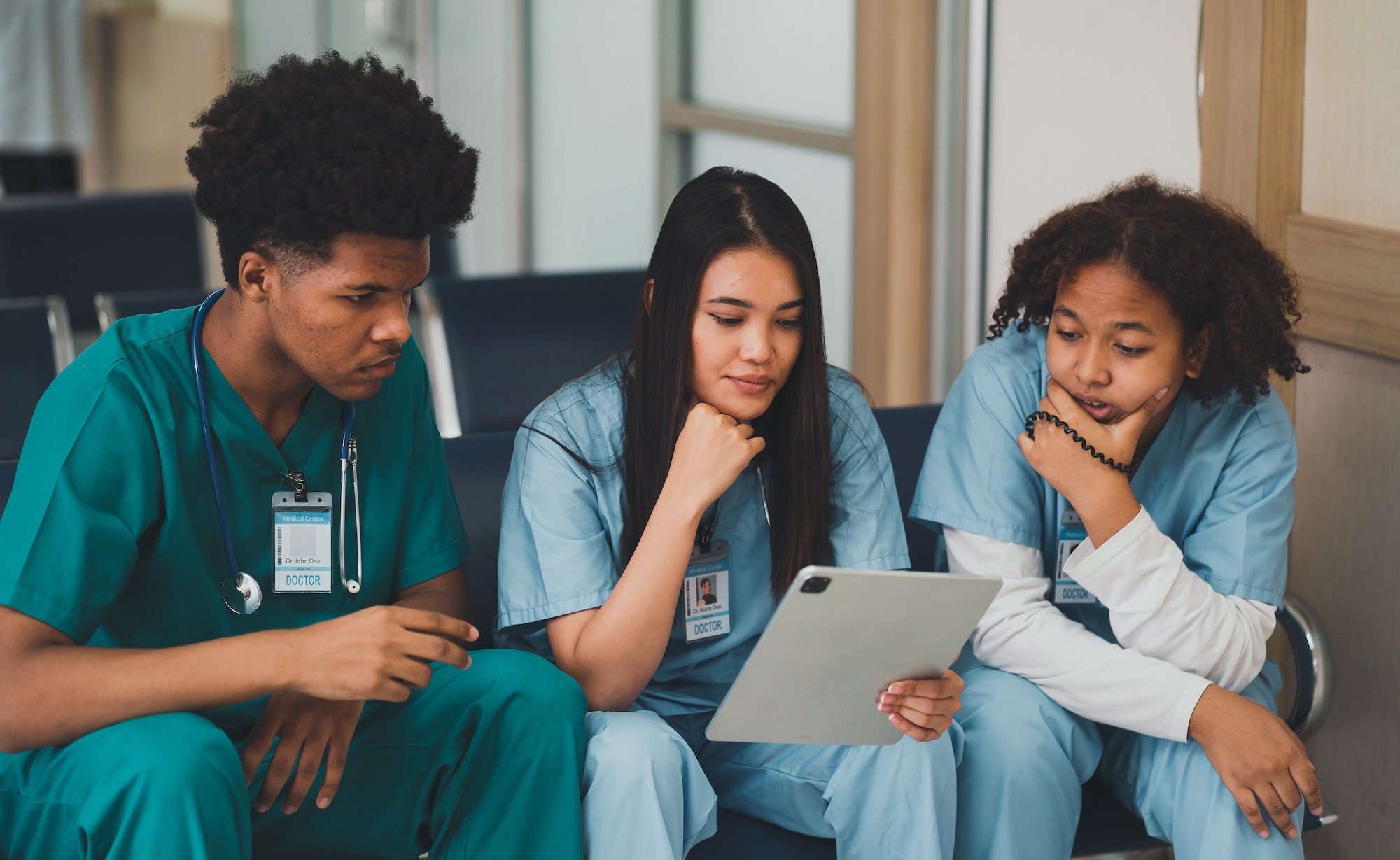DEI Programs Help Ensure People Aren’t Erased from Science, Care, or Policy
If you’d asked me about DEI while I was serving on the school board, I would’ve talked about the policies that shape disparities in math and reading scores between Black, Indigenous, and Latine students and their white and Asian counterparts.
I would’ve talked about redlining. About school discipline data that shows Black students are punished more harshly for the same behaviors. About the over-policing of public schools. About how school privatization is being pushed by our own legislature to divest from the public good.
But something shifted for me last November.
It was Thanksgiving Day. I was getting ready to sit down with my family when I felt a pain under my right arm that traveled into my breast. The pain turned into soreness—and it didn’t go away.
By December—just days before Christmas—I was in my doctor’s office. She felt a lump.
I’ve lost my grandmother and my best friend, Siminya, to breast cancer. My mother and cousin are survivors. So I was scared.
That fear led me to follow my doctor’s recommendation and get my first mammogram—before I even turned 40—along with a diagnostic ultrasound. The results didn’t show cancer, but I was told I was high risk.
That news changed everything.
I was immediately enrolled in a high-risk breast cancer clinic. For the rest of my life, I will need to alternate between MRIs, ultrasounds, and mammograms every six months.
And while I’m deeply grateful to be receiving care, I couldn’t ignore the truth that sat with me in every waiting room and examination gown:
Black women are dying from breast cancer at disproportionate rates.
We have a 42% higher mortality rate than white women.
We’re more likely to be diagnosed later, when it’s harder to treat.
We’re more likely to have triple-negative breast cancer.
And despite similar screening rates, we face delays in follow-up and access to treatment.
These numbers don’t reflect personal failure—they reflect systemic failure.
And here’s the truth: the active care I received was shaped by DEI-informed research. Research that pushed for earlier screening for high-risk Black women. Research that challenged the default focus on white men and demanded better representation in medical studies.
Without DEI, that care might not have existed. And that urgency matters. Because that’s exactly what didn’t happen for Siminya.
Her cancer was misdiagnosed for months. She returned to her doctor again and again with symptoms—describing her pain, voicing her fears—but she wasn’t sent for imaging. By the time they finally took a deeper look, the cancer had spread to her lungs and brain.
Not because she didn’t care. Not because she didn’t get checkups. But because when she spoke up about her pain—like most Black women—she wasn’t believed or invested in.
This is not a coincidence. It’s the product of a healthcare system never built with us in mind.
And these practices don’t stop at breast cancer.
This week is Black Maternal Health Week, and the statistics are just as devastating. Black women in the U.S. are three times more likely to die from pregnancy-related causes than white women. These deaths aren’t about innovation. They’re about being ignored. Being dismissed. And most of all, being denied care.
Care that was lost when our cultural birthing practices—like midwifery and doulas—were pushed aside so that hospital systems and insurance companies could profit and center white healthcare.
In 1966, the often misquoted Dr. Martin Luther King Jr. said: “Of all the forms of inequality, injustice in health is the most shocking and the most inhuman.”
He was talking about the disparities we still face.
Back then, the U.S. maternal mortality rate was about 37 deaths per 100,000 births. Today, it’s 18.6—yet 50.3 per 100,000 Black women are dying, today. That’s more than three times the rate of white women.
Is this what Making America Healthy Again looks like?
Over the past year, DEI programs and offices have been gutted.
These weren’t feel-good gestures. They were lifelines.
They funded maternal health research for Black and Brown birthing people.
They supported investigations into medical racism and other civil rights violations.
They expanded research beyond white men to include women and nonwhite people.
They brought visibility to the crisis of Missing and Murdered Indigenous Women and Black women.
These programs helped ensure people weren’t erased from science, care, or policy.
So when DEI is cut under the guise of neutrality, we have to name it plainly:
This isn’t about fairness. It’s about erasure. It’s the quiet advance of genocide—a systemic refusal to care for communities in crisis.
What else do you call it when policy decisions knowingly let people like my friend and my grandmother, Mary, die?
The feelings of some white people should not trump the lives of everyone else, yet data shows otherwise.
This may be uncomfortable to hear. But discomfort is not death. And some of us don’t get to choose between the two.
In the absence of systems that affirm our pain, our worth, and our right to heal and to care—we’ve had to create our own.
That’s why I co-founded Girlfriend Culture.
Last year, thanks to investors and leaders who know the statistics—Black women who understand that DEI isn’t a political buzzword but an attempt, far too feeble at times, to right systemic wrongs and to see what’s been deemed unworthy of seeing—I was able to found a local nonprofit rooted in the radical idea that Black women deserve rest, healing, and community. That we deserve to be believed before the biopsy. That we deserve to recover from the trauma of being unseen.
Through the nonprofit I called Girlfriend Culture, we host retreats; create rest practices; build community.
Because if systems won’t love us—we will love ourselves, each other, and the earth we come from.
But let’s be clear: we should not have to build our own systems just to survive.
So I’m calling us in—not just to protect DEI, but to expand it. Not just to tolerate discomfort, but to build a world where our daughters and nieces never have to ask why their pain didn’t matter.
So here is my challenge to you: If you’ve listened to everything I’ve shared and still believe DEI is nothing more than political favoritism, then say that—to my family. Say that to Siminya’s mother, her sister, and her brother, who are still grieving her loss today. Say that to the Black, Asian, and Hispanic patients whose care was delayed during COVID—many of whom died because pulse oximeters overestimated their oxygen levels due to their darker skin tones. Say it while holding the names, the statistics, and the lived experiences of those who’ve suffered because these systems were never designed with us in mind.
And if you feel the weight of this truth, then your assignment is this: Educate yourself. Learn how these programs came to be. Study the history of medical racism. Ask why research once excluded women and nonwhite people by design—and how that legacy still shapes outcomes today. Ask why medical schools still teach that Black people experience less pain than white people, and why junk science rooted in eugenics continues to live on in our policies, our textbooks, and our exam rooms.
Because DEI is not a threat. It’s a promise. A promise to reimagine care. To center the most vulnerable. And to ensure that all of us are believed, protected, and well.



